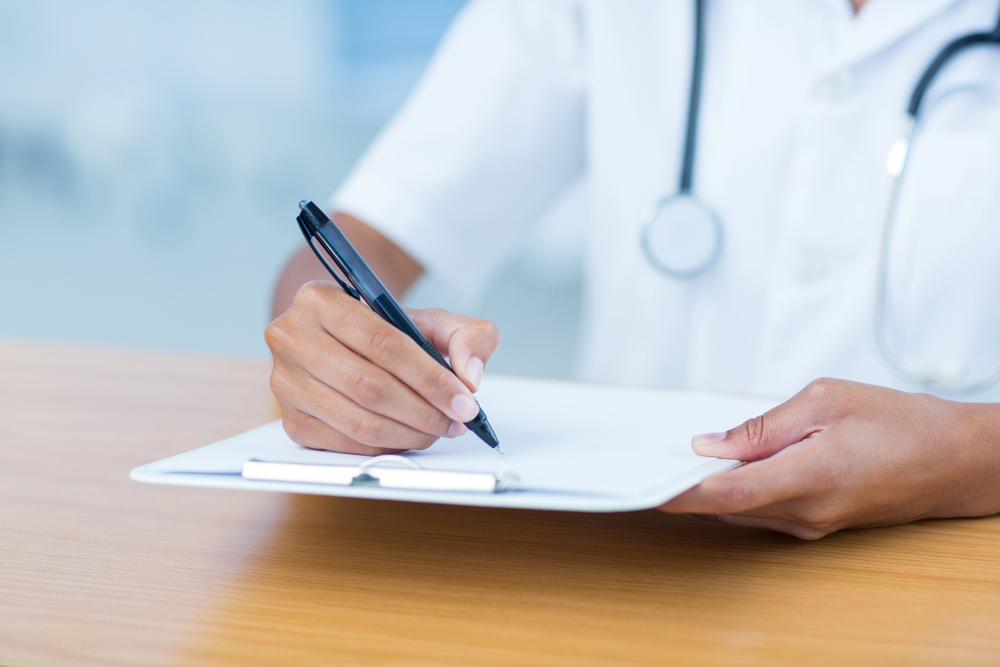Asset tracking is a well-known tool in healthcare settings to locate things like infusion pumps, beds and even wheelchairs. Locating this equipment during normal times saves time and prevents over-purchasing. But when our ERs and ICUs are overrun as they are today with COVID-19 patients, extending the capabilities of asset tracking can save lives.
With an existing asset tracking system in place, it should a simple matter to add new equipment like ventilators. The new equipment and tag associations is simply imported to the RTLS platform as a spreadsheet or CSV import.
With an accurate view of available assets, PAR levels can set. The ER, for example, has several transfer beds it requires to ensure availability when it’s time to move patients. When the decreasing number of beds on hand reach a limit approaching the PAR level, an automated alert can be generated in enough time to locate beds and have them returned.
Asset tracking also applies to the status or condition of an asset. Ventilators, for example, need to be sterilized before returned to the availability pool. Using software programmable buttons on AiRISTA asset tags to electronically indicate that sterilization is complete, allows search criteria such as “ventilators on this floor” AND “ventilators that are sterilized”. Using geofencing zones can accomplish the same thing if tags do not have buttons. Defining the perimeter of a clean room on maps of the floor plan maintained in AiRISTA’s UVS platform can generate an alert when a ventilator enters or exits a clean room, incrementing or decrementing the count of sterilized ventilators.
An RTLS platform like UVS should be able to integrate with 3rd party applications to bring richer detail to assets condition. Tracking the location and PAR levels of infusion pumps is helpful if the pump is not currently in use. The state of these pumps, whether in service or not, is maintained by an application supplied by the pump manufacturer. Through software integration, the RTLS platform can include a filter when searching for nearby pumps not currently in service.
The rich history of assets, locations, sterilization, service time, etc. provides insights and analysis available through reports. Reports an provide not only utilization rate, but percent of the time spent in a clean room and even the bread crumb trail for specific assets over specific periods.
One of the most powerful applications for wireless asset tracking is the ability to associate a piece of medical equipment with a patient. With the proliferation of BLE, many tags include BLE transmitters in addition to Wi-Fi. BLE can detect proximity when 2 tags come near each other. With a tag worn by the patient and a tag on the device we now can track equipment paired with patients as well as location and duration.
Not only does this automate patient records but through analysis, might reveal trends in patient outcomes based on equipment models and duration.
With the chaos associated with COVID-19, this is no time to deploy an RTLS system from scratch. But if you currently have an RTLS system, contact the vendor and ask for assistance to quickly expand the solution and implement any needed workflows and reports. As a vendor, AiRISTA is available to assist with tags and software licenses to support to help our healthcare providers on the front lines manage this emergency more efficiently.





